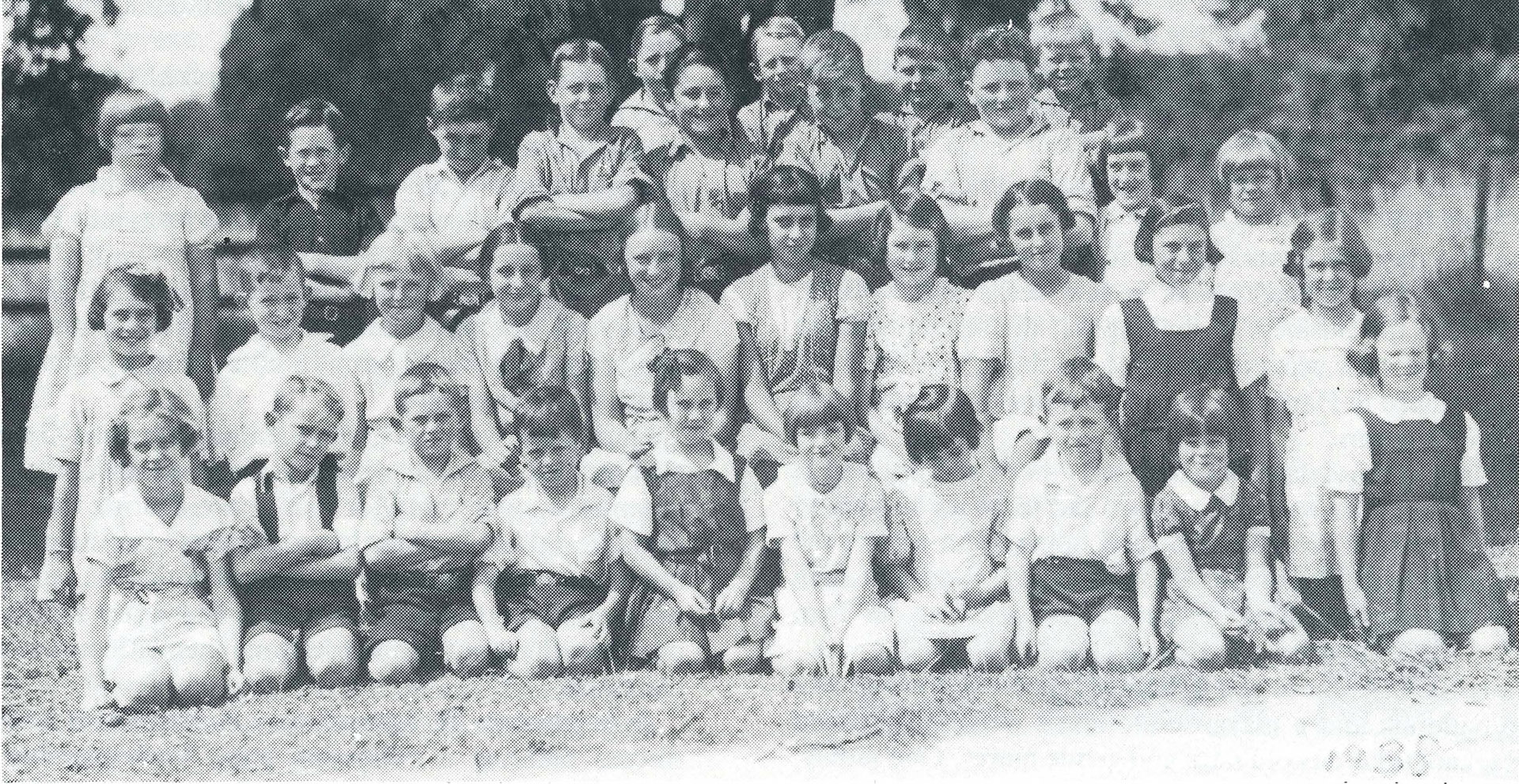Eureka
The farming area known as Eureka was created through the reclamation of part of the vast Piako Swamp. Starting in 1874, 16km of enormous drains were dug by hand to lower the water level sufficiently to farm the land. The Swamp had extended from the edge of Hamilton East to the Piako River, and was part of the land confiscation by Government at the end of the Waikato Land Wars in 1865. A section of the Confiscation Line can still be seen defining the boundary of the east side of Eureka.
The homestead built in 1875 on the Eureka Hill was the first headquarters for the Woodlands Estate, which at one time stretched from Taupiri to Morrinsville. Legend has it that the name Eureka was formed from the initials of the ladies in a picnic party which chose the site for the homestead.
Significant features of early Eureka were the railway station on Holland Road built around 1884, the school which opened at the crossroads in 1904, and the butter (later cheese) factory, built in 1903. Since 1914 a hall has provided a meeting place for the community and its activities, with the first structure being replaced in 1968 by the present building.
While the Eureka of today is just a short drive from Hamilton, for much of its history it was a farming-based community, linked to the world by the railway and somewhat swampy roads. But the sense of community remains, largely through the publication of the 36 year old Eureka Express magazine, providing local news and recording the achievements and comings and goings of its residents.

